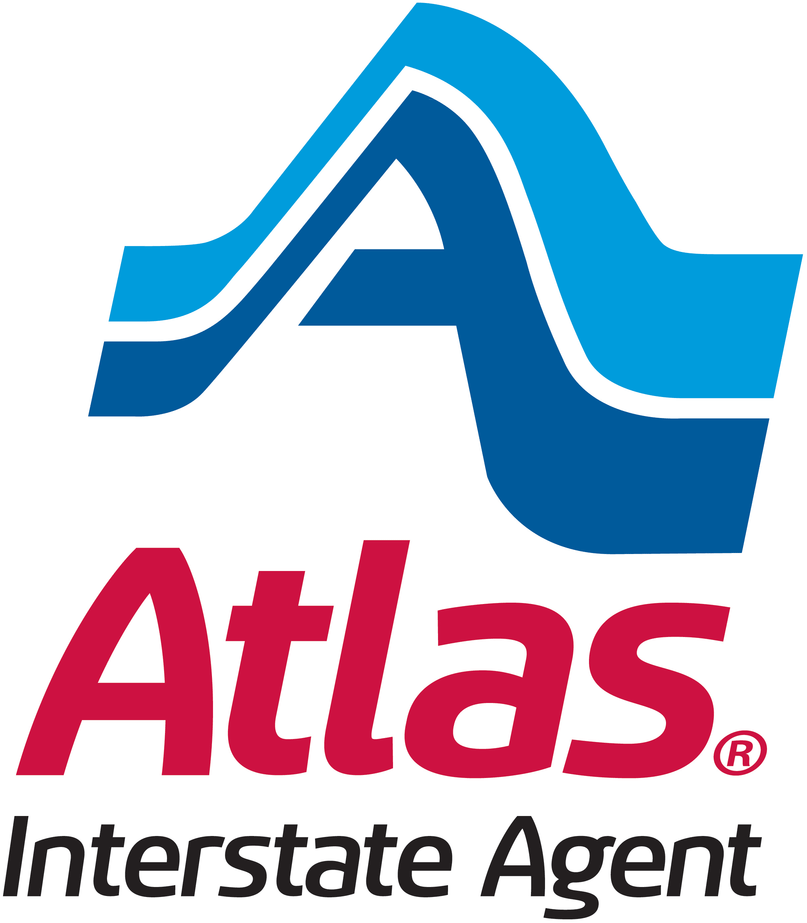What is a Household Goods Inventory Form?

Insurance papers, rental agreements, moving contracts — these are just some of the important documents you need when you move to a new corporate location. But there’s one document you probably haven’t heard about. It’s called the Household Goods Descriptive Inventory form, and it will streamline your entire move.
What Is It?
The Household Goods Descriptive Inventory form is a checklist of all the items you want to move to your new location. Professional movers use this document to determine the total value and overall condition of your shipment for legal and insurance purposes. It’s pretty straightforward. The Household Goods Descriptive Inventory form has several columns for detailing the following information:
- The name of the item you want to move (a desk, for example).
- The condition of the item.
- The location of any damage on the item (on the side of the desk, for example).
What Are All Those Symbols?
The Household Goods Descriptive Inventory form makes it easy to list items that you want to move with several symbols.
Descriptive symbols: These describe the item that you want to move. “C” stands for color television, for example.
Exception symbols: These describe any damage to the item that you want to move. “SC” stands for scratched, for example.
Location symbols: These describe the location of any damage to the item that you want to move. Professional movers use the number 3 if an item, such as a desk, has damage on its legs, for example.
Professional movers might use inventory tag stickers in addition to this form to organize items that you want to move. They also need to note down any damage that occurred to your shipment during the moving process.
Who Signs the Form?
The Household Goods Descriptive Inventory form requires four signatures. Before you leave your original destination, the contractor, carrier, or authorized agent (usually the driver) will sign the form, as well as the owner (that’s you). When you arrive at your location, the contractor, carrier, or authorized agent (driver) will sign the form again, as will you.
Professional moving companies like Nelson Westerberg use the Household Goods Descriptive Inventory form to optimize your inventory of items. This simple form is one of the most important moving company documents as it makes it easy to determine the value and condition of your belongings.
Related Articles
Moving Guide to Boston: Essential Tips for a Successful Relocation

Boston stands as a beacon of opportunity, where colonial charm meets cutting-edge innovation. This historic city draws thousands of new residents annually with its world-class universities, thriving job market, and rich cultural heritage. Moving to this vibrant city demands careful consideration, from investigating the housing choices with a typical one-bedroom apartment price of $2,330 to […]
Read MoreComplete Moving Guide to Massachusetts: Cost, Jobs & Best Places

From renowned universities to thriving technology centers, Massachusetts enthralls newcomers with its seamless integration of historical allure and contemporary progress. The state’s diverse geography spans from Boston’s bustling urban area to the peaceful Berkshire hills, offering a variety of living options to accommodate different preferences. Massachusetts consistently ranks among America’s top states for education, healthcare, […]
Read More




